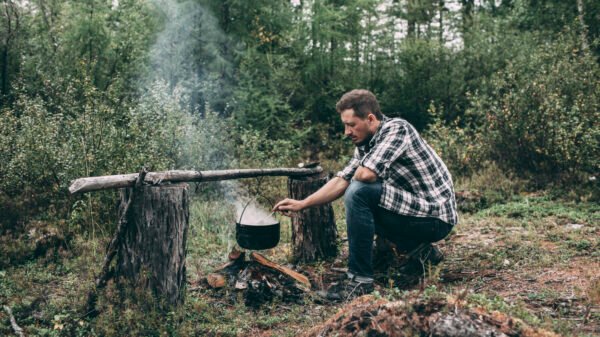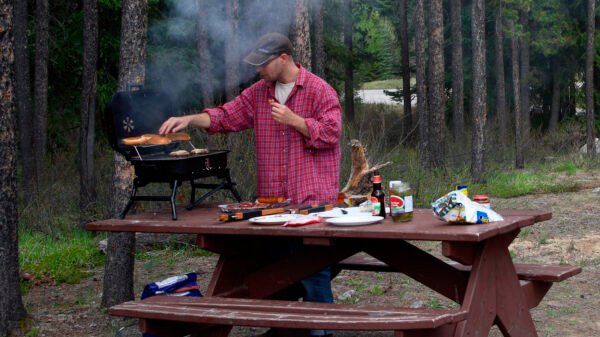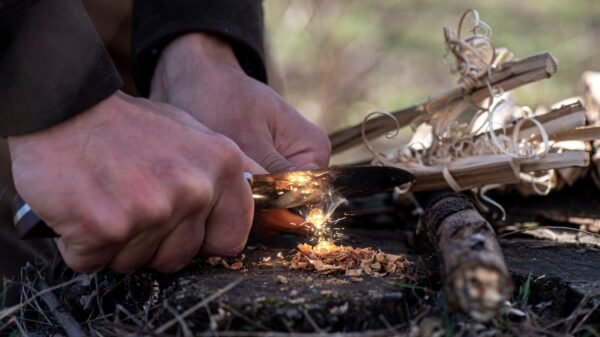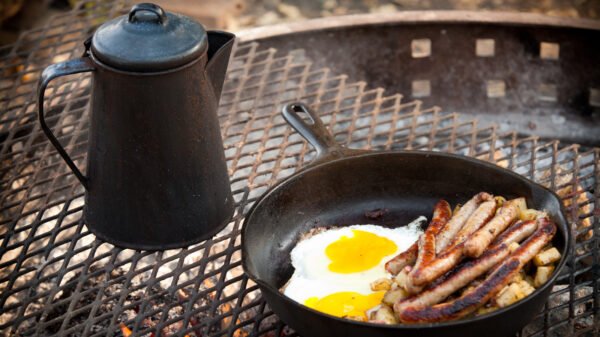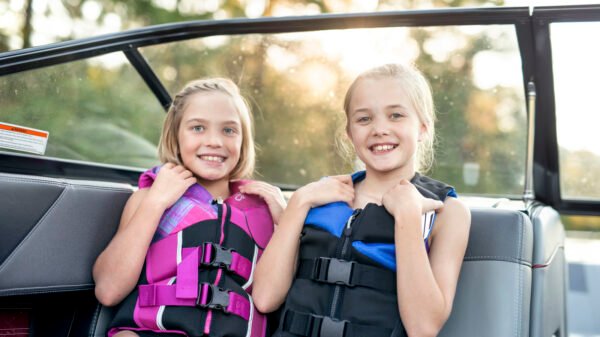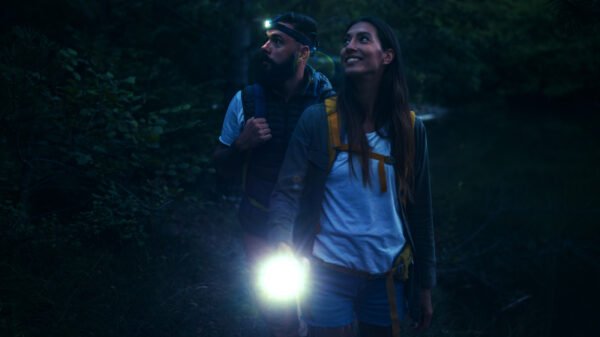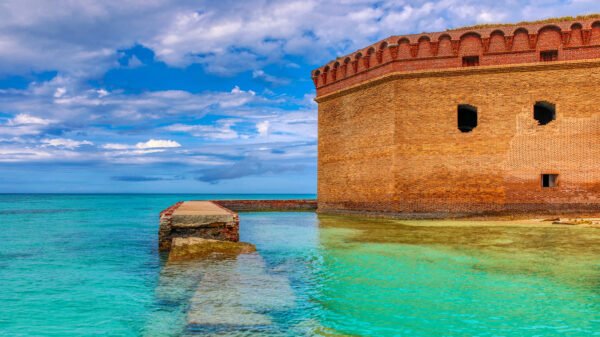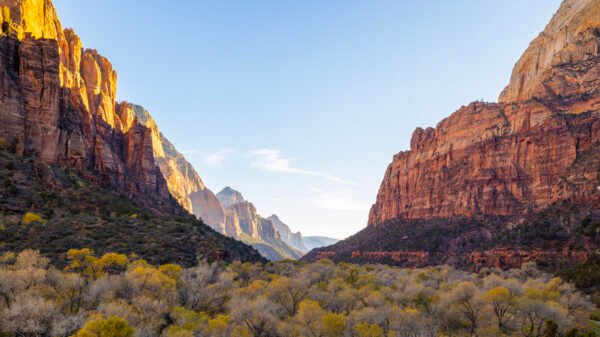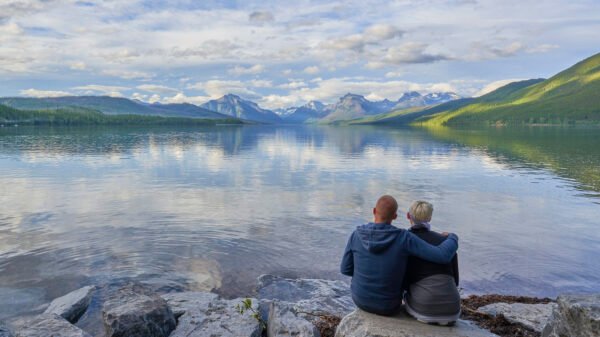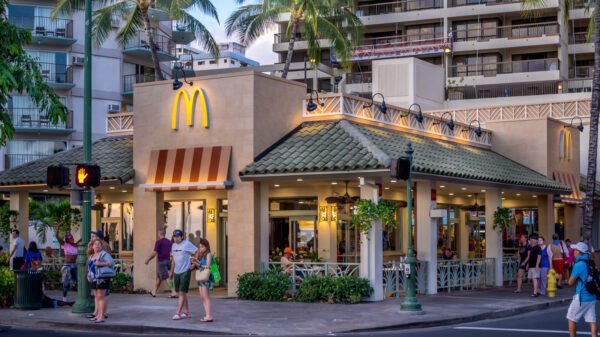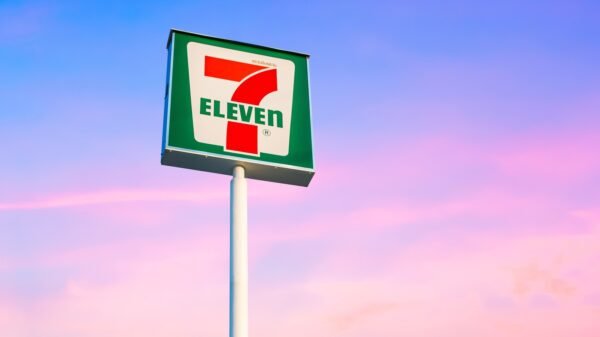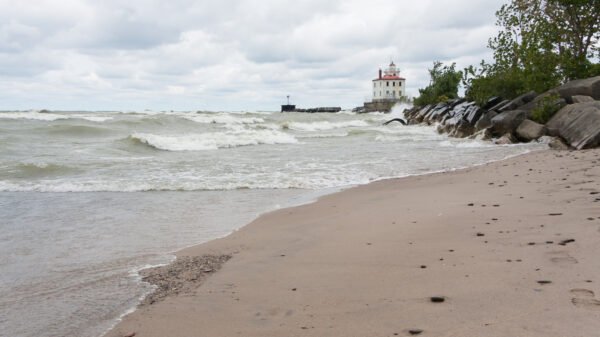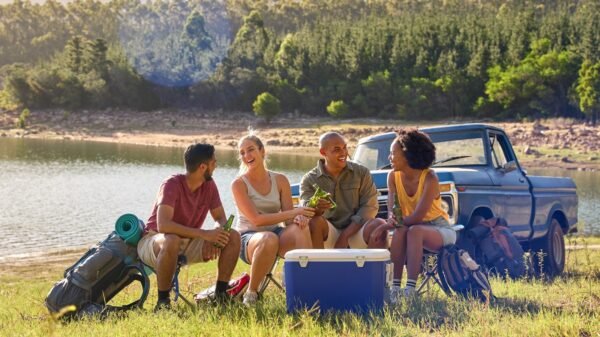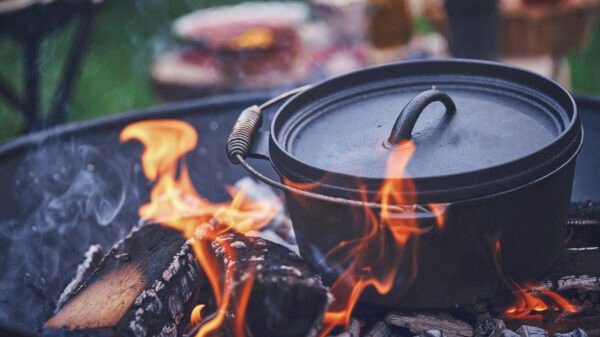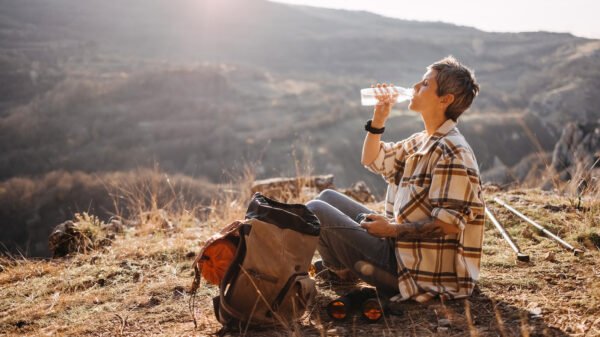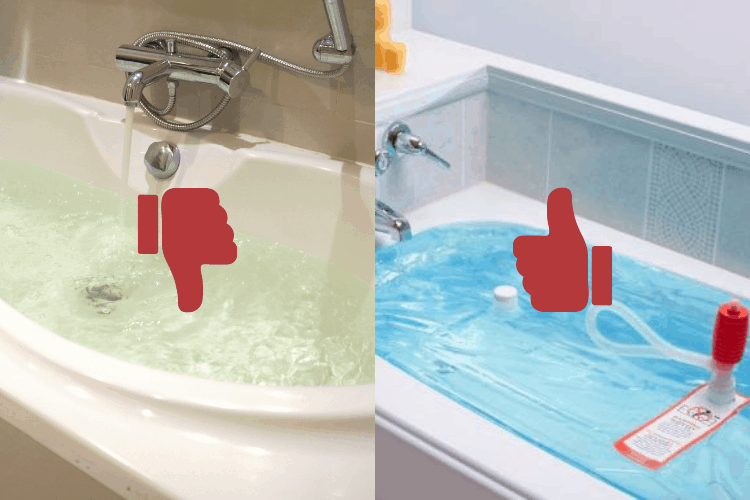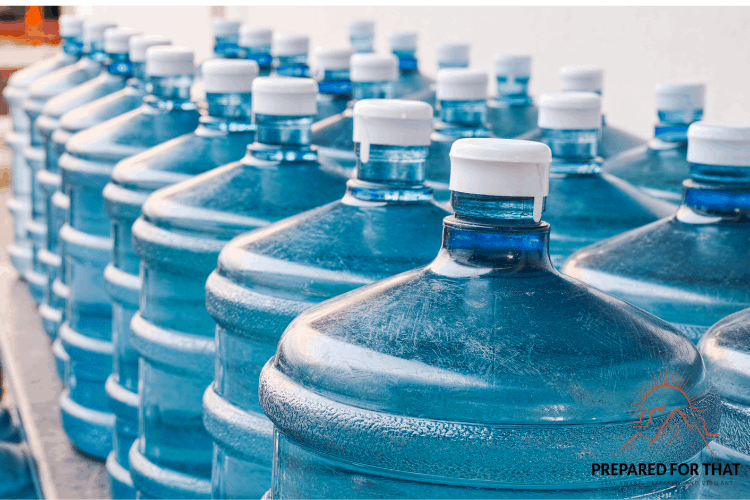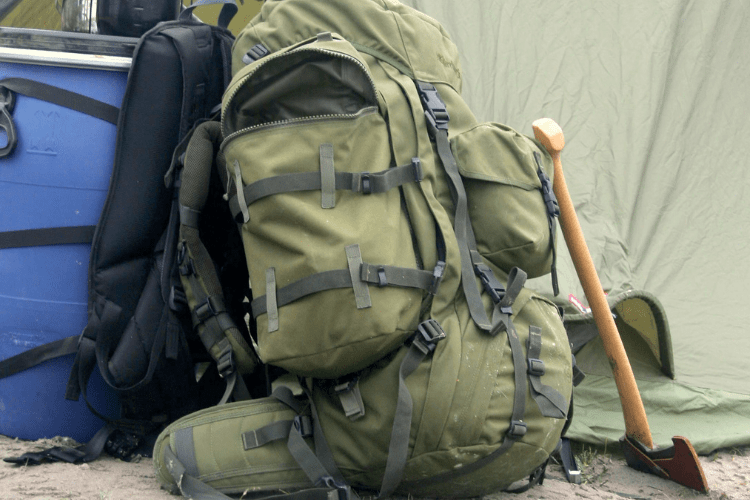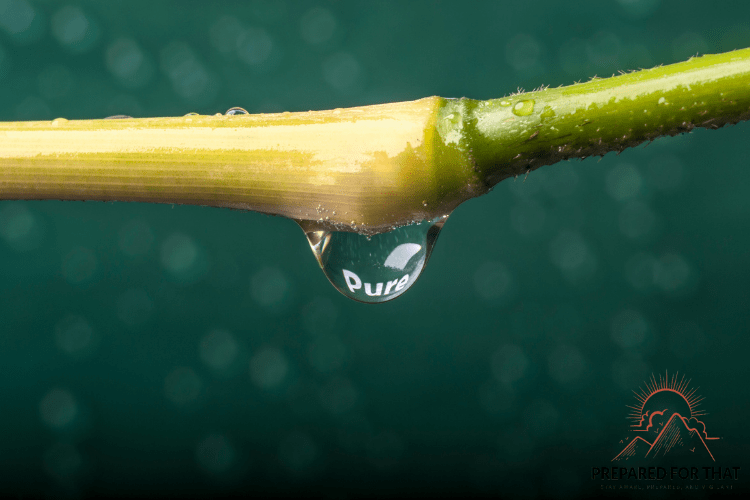According to the US Geological Survey, the average person uses 80-100 gallons of water daily if a disaster strikes, and regular water usage is drastically reduced for survival purposes.
Using your bathtub(s) for emergency storage is an excellent survival backup plan that requires minimal preparation and can provide as much as 100 gallons per bathtub in your home, an innovative and simple solution.
This solution should not replace stored water but complement what you currently do as a backup.
Water is a priority in a survival situation. You can count on the fact that most people will not be prepared and depend on the authorities, local stores, or family and friends to provide for their needs. Hurricane Sandy and Katrina provided many examples of people not being prepared.
Can you store water in a bathtub?
No, Storing water in a bathtub long-term is not recommended without a storage container because it can lead to mold and mildew. Instead, you should Store your water in containers with a tight-fitting lid or an airtight sealant.
What is the best way to store emergency water?
Food-grade water storage containers are the most appropriate option since they do not expose poisonous chemicals to the liquid they hold. Surplus or camping supply shops may have FDA-approved food-grade storage containers.
One of the most important things you can do in case of a water emergency is to store enough water on hand so that you and your family can drink and bathe safely. If possible, try to stock at least 3-gallon jugs per person, as this will provide supplies for up to three days. Additionally, make sure to have filters and storage containers ready to purify contaminated water.
Suppose you live in an area where severe flooding or hurricane season is popular. In that case, it’s also recommended that you install a rain barrel system or cisterns so that collected rainwater can be used instead of tap water during emergencies. By doing these simple preparations ahead of time, you’ll not only ensure your safety but also help conserve resources during tough times!
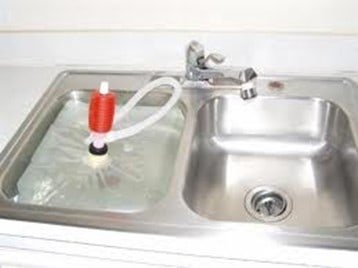

Buy: WaterBOB Bathtub Emergency Storage Container at Amazon
According to the National Center for Disaster Preparedness at Columbia University’s Mailman School of Public Health, Americans are unprepared for the next disaster. He says horrific events such as 9/11 and Hurricane Katrina have served less as wake-up calls than snooze alarms before Americans are pulled back into complacency.
The water BOB is simple for storing and using water for everyday needs. Lay the liner in any standard bathtub, attach the fill sock to the faucet, and fill the bladder, which takes approximately 20 minutes.

Why Fill the Bathtub with Water Before a Storm?
If you have been warned of a disaster, hurricane, and tropical storm or if there has been a leading water break, then activation of your bathtub emergency water storage container may be necessary. Anytime you suspect your water supply may be compromised and you need more water is a good time. Ideally, you will have enough plastic bathtub containers for all your bathtubs and sinks too!
Buy: Emergency Drinking Water Storage by AquaPodKit at Amazon
How Do You Store Water In a Bathtub? Why Not Fill the Bathtub Directly?
Some people wonder why you need a plastic aquapod water storage container. Why not fill the bathtub?
You could certainly do that but not without risking the scum and bacteria of a bathtub, even one that has been spotlessly cleaned. You don’t want water around where debris (people and dog hair, bugs, or particles) can contaminate the contents. A sealed plastic container protects the water, keeps it clean, and allows it to be ready for short-term use.
Most systems hold between 60 to 100 gallons of fresh drinking water in any standard bathtub in an emergency. Constructed of heavy-duty food-grade plastic, the plastic container keeps water fresh and clean for drinking, cooking, washing, and flushing.
Most systems are easy to use. Lay the liner in any standard bathtub, attach the fill sock to the faucet and fill the bladder, which takes approximately 20 minutes. A siphon pump is included to dispense the water into jugs or pitchers easily.
You can also find water containment systems for sinks too.
Sources:
https://www.cdc.gov/healthywater/emergency/creating-storing-emergency-water-supply.html


